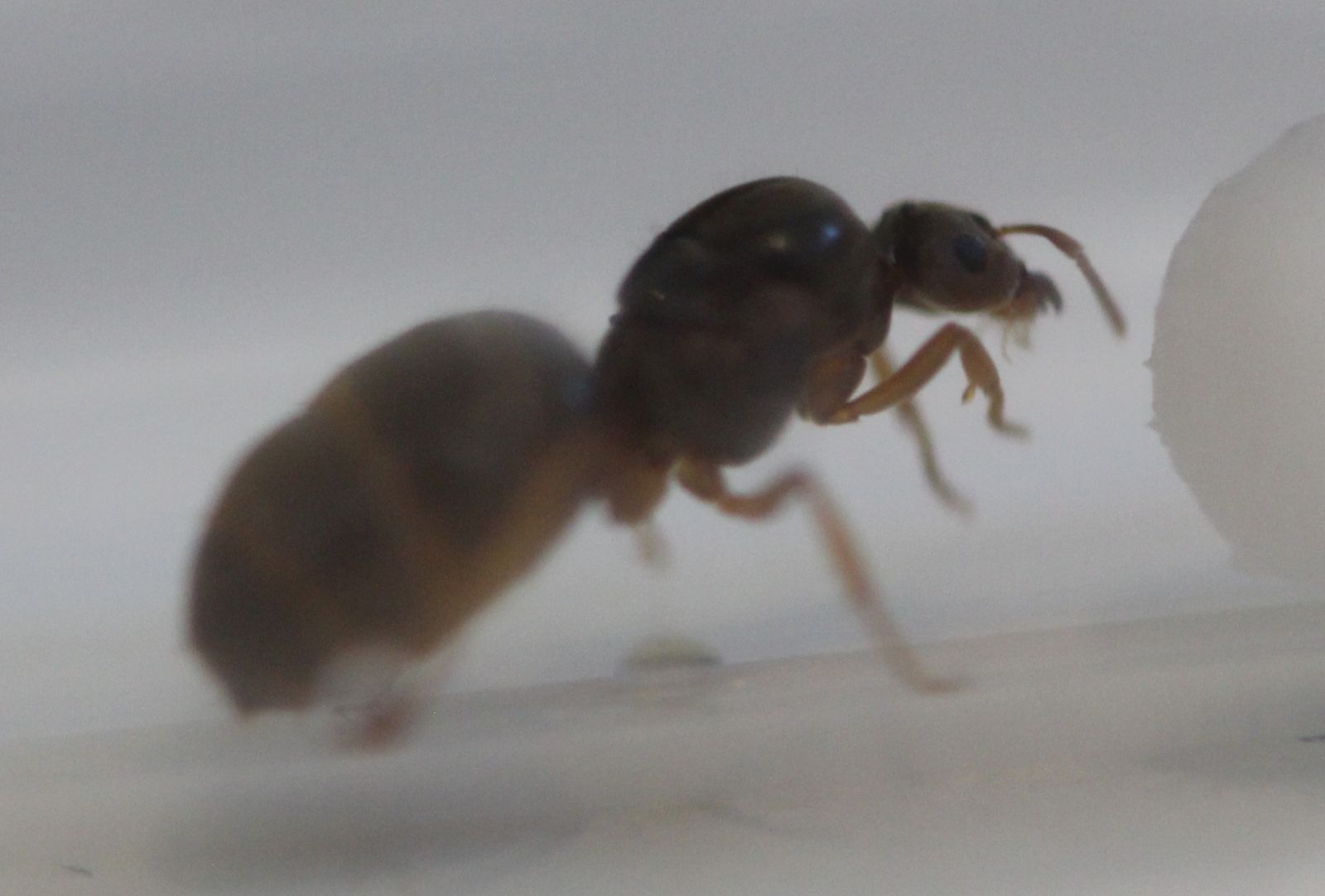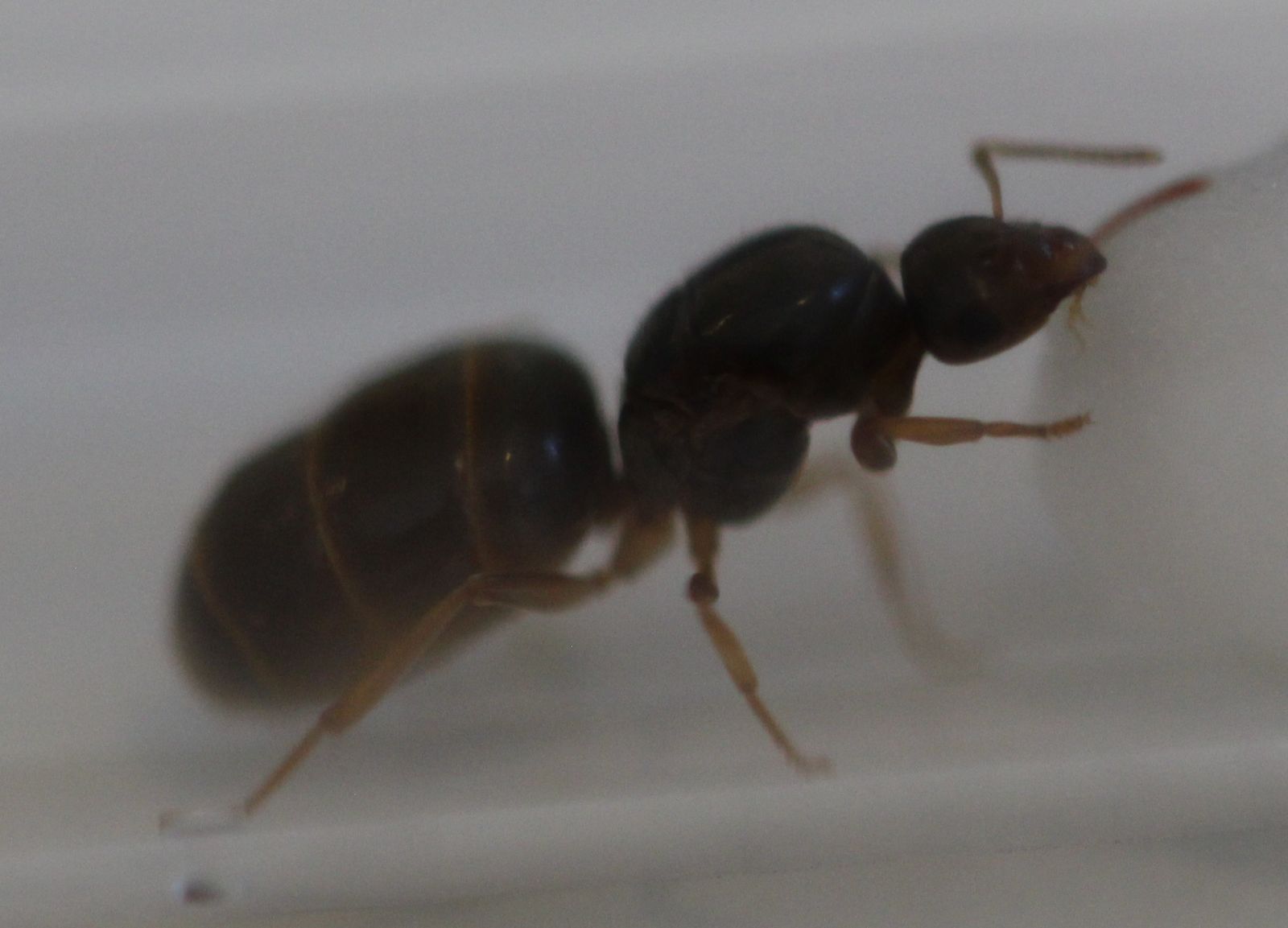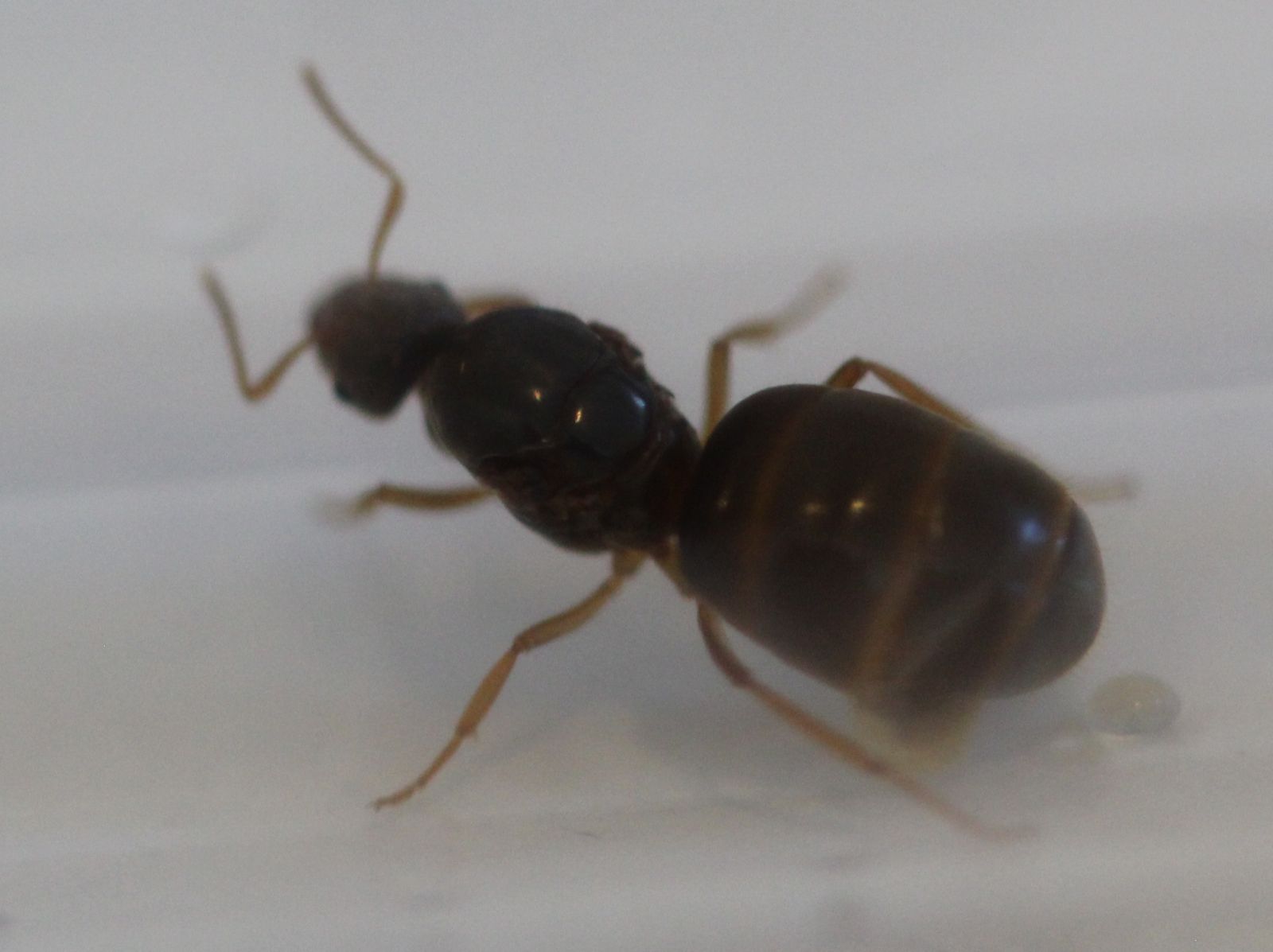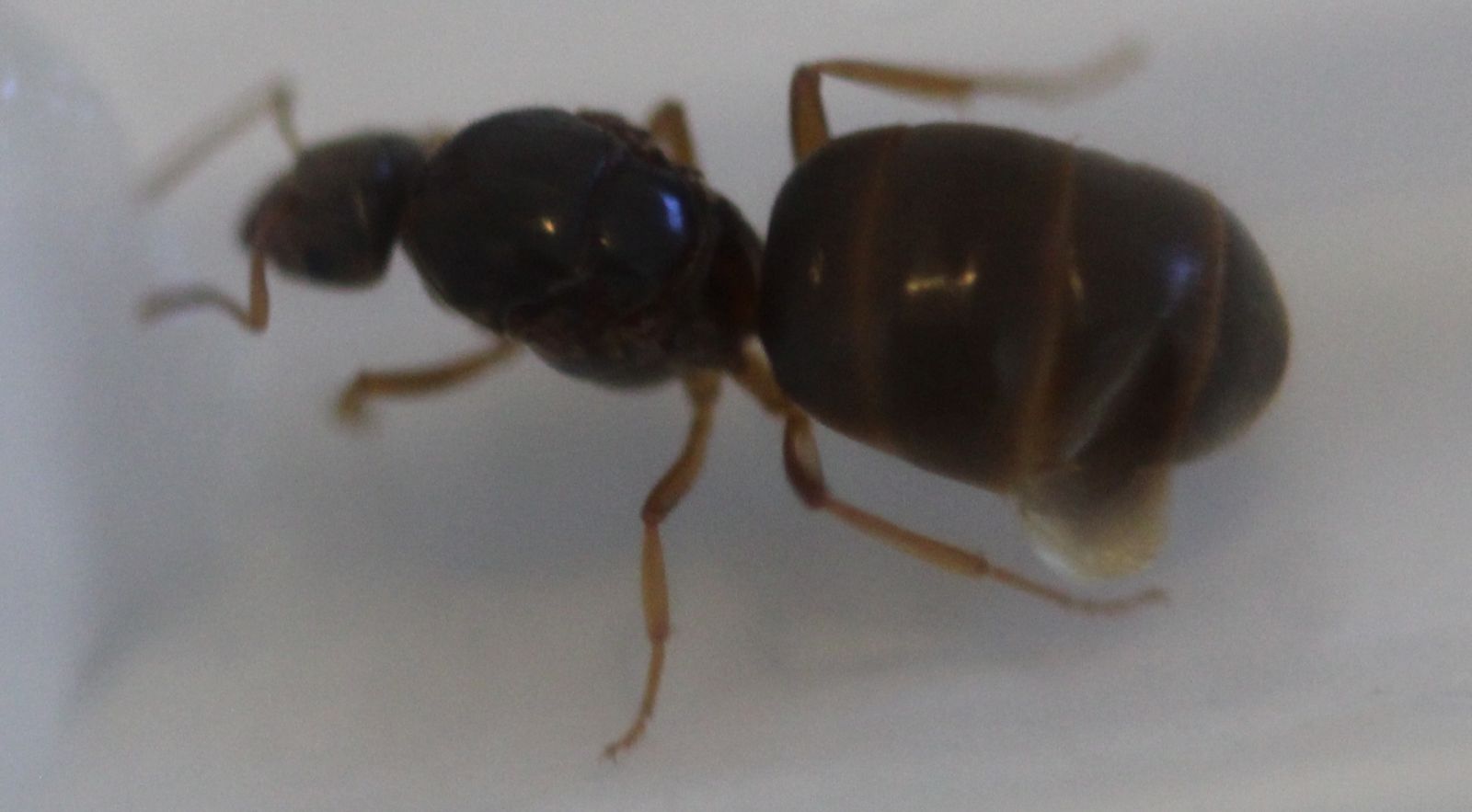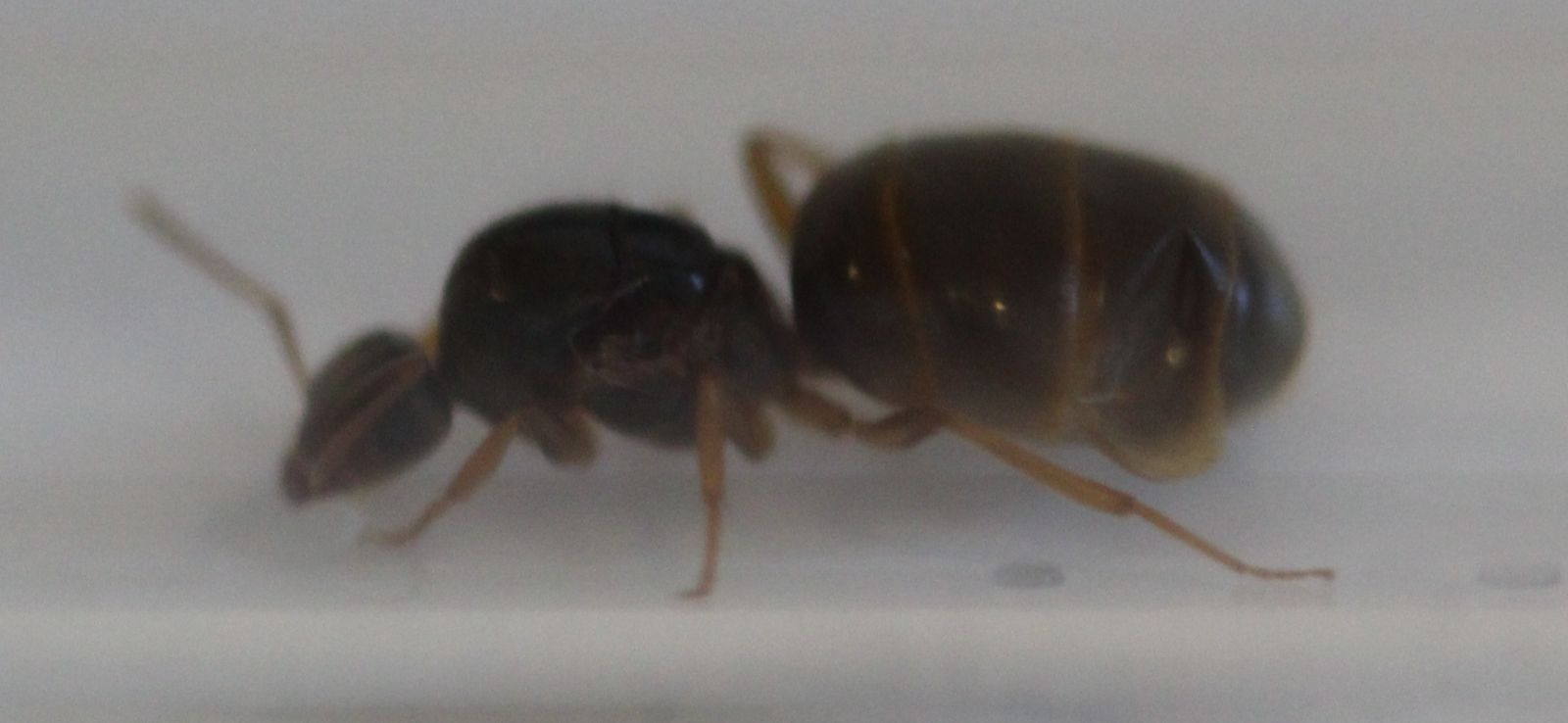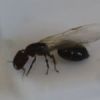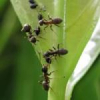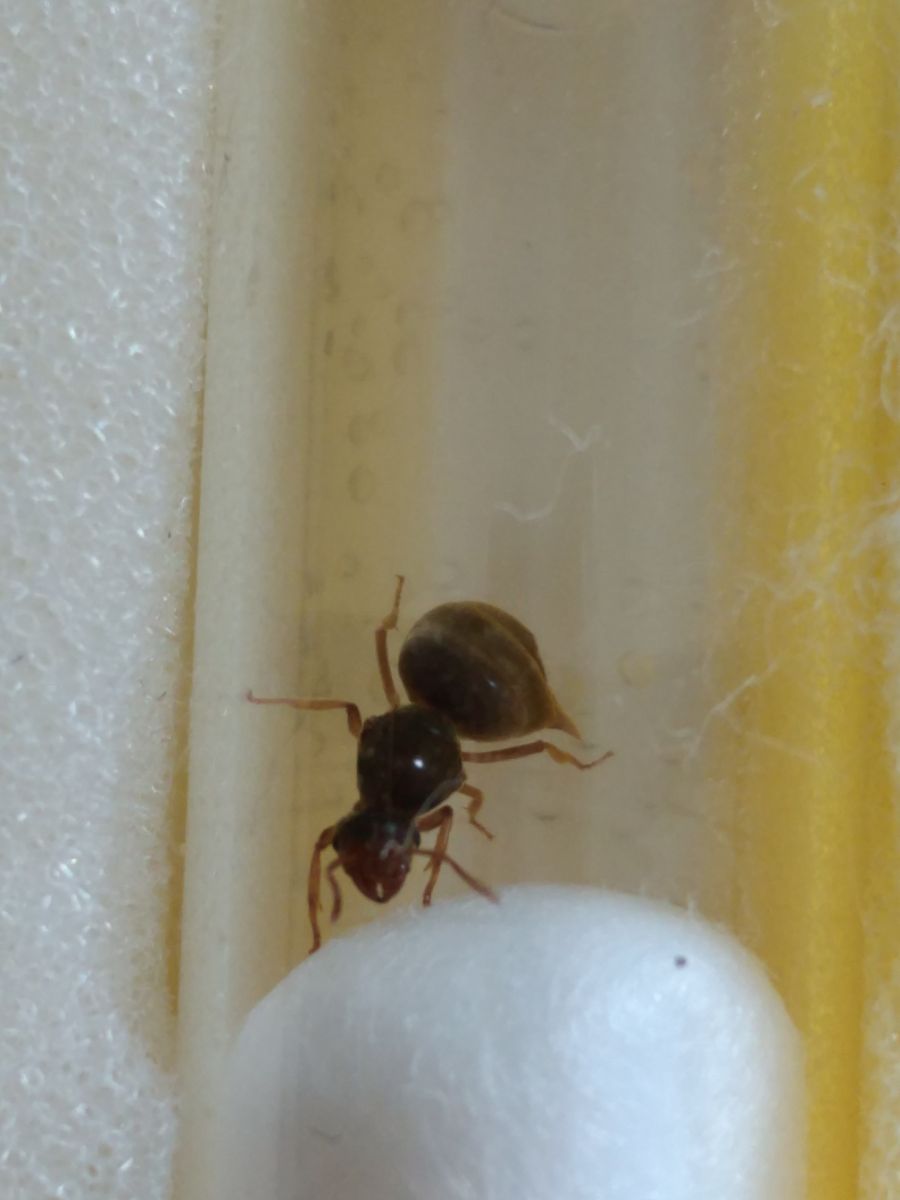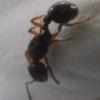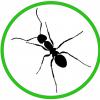1. Location of collection: Pine tree forested recreational zone in immediate vicinity of sea
2. Date of collection: 12th September 2017.
3. Habitat of collection: Pine forest on sea coast
4. Length : cca 10mm
5. Coloration, hue, pattern and texture: Brown with yellowish legs and antennae.
6. Distinguishing characteristics : too advanced for me still ![]()
7. Anything else distinctive: not to my eye.
8. Nest description : n/a.
9 . Post the clearest pictures possible: the test tube is plastic and not very clear. sorry.
The poor girl is obviously wounded. Hopefully it's nothing serious.
Is it lasius?
